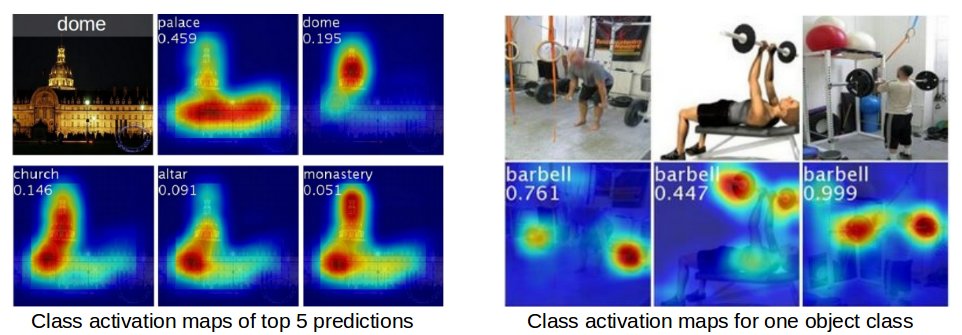On the page you shared, it is done through a pre-trained model. You can use backbones like ResNet:
Load the backbone:
resnet_50 = tf.keras.applications.ResNet50(input_shape=(224, 224, 3),
include_top=False,
weights='imagenet')
Preprocess the image so that it matches resnet's default
img = cv2.imread("/content/your_image.jpg")[:,:,::-1]
img = cv2.resize(image, (224, 224))
ax = plt.imshow(img)
def preprocess(img):
# use the pre processing function of ResNet50
img = preprocess_input(img)
#expand the dimension
return np.expand_dims(img, 0)
input_image = preprocess(img)
Applying this paper's suggestions:
def postprocess_activations(activations):
output = np.abs(activations)
output = np.sum(output, axis = -1).squeeze()
#resize and convert to image
output = cv2.resize(output, (224, 224))
output /= output.max()
output *= 255
return 255 - output.astype('uint8')
Generate and plot heatmaps:
def apply_heatmap(weights, img):
#generate heat maps
heatmap = cv2.applyColorMap(weights, cv2.COLORMAP_JET)
heatmap = cv2.addWeighted(heatmap, 0.7, img, 0.3, 0)
return heatmap
Plot:
def plot_heatmaps(rng):
level_maps = None
#given a range of indices generate the heat maps
for i in rng:
activations = get_activations_at(input_image, i)
weights = postprocess_activations(activations)
heatmap = apply_heatmap(weights, img)
if level_maps is None:
level_maps = heatmap
else:
level_maps = np.concatenate([level_maps, heatmap], axis = 1)
plt.figure(figsize=(15, 15))
plt.axis('off')
ax = plt.imshow(level_maps)
plot_heatmaps(range(164, 169))






